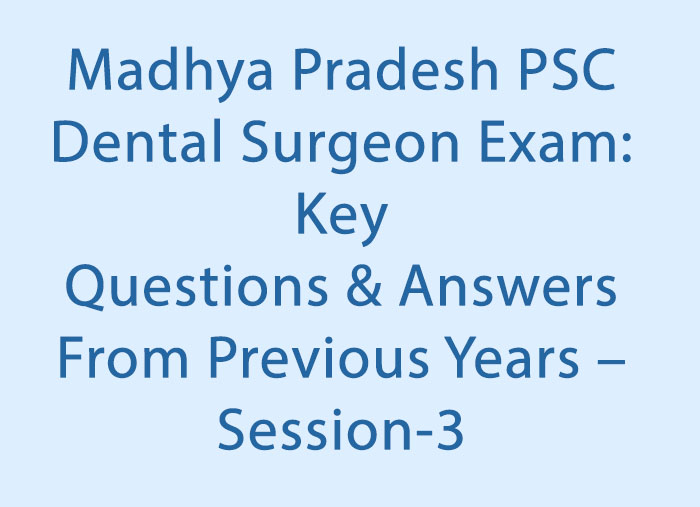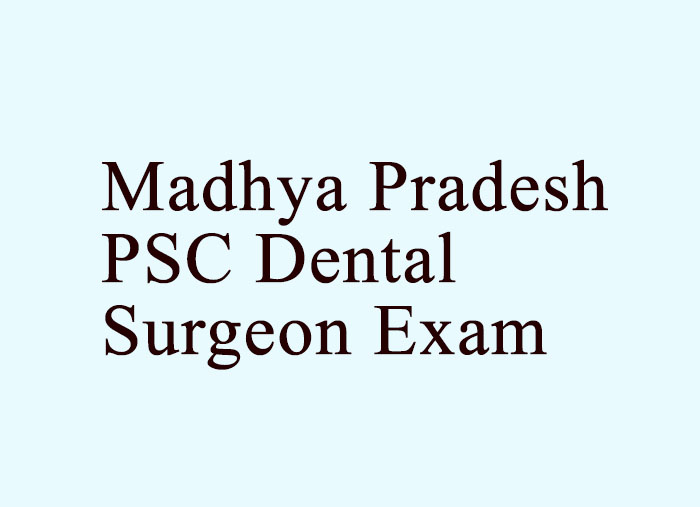- NEED HELP? CALL US NOW
- +919995411505
- [email protected]
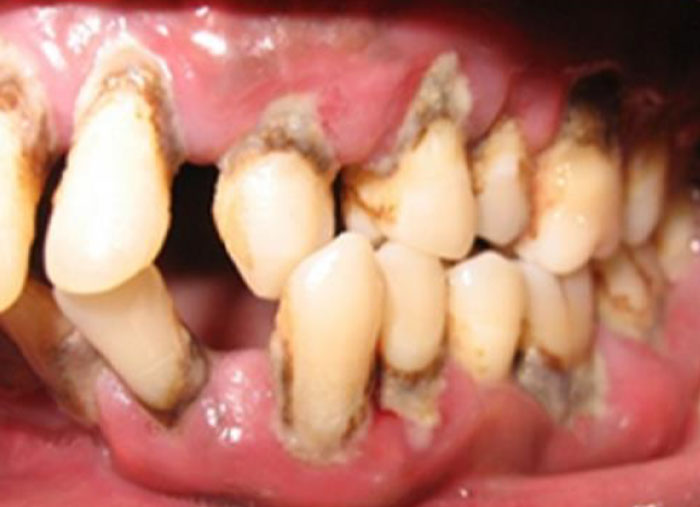
DEFINITION
“Aggressive periodontitis” defined as a group of rare, severe, rapidly progressing forms of periodontitis characterized by an early age of clinical manifestation and a distinctive tendency for cases to aggregate in families -Jan Lindhe.
Aggressive periodontitis refers to multifactorial, severe, & rapidly progressive form of periodontitis, which primarily but not exclusively affects younger patients. -International workshop classification of periodontal diseases & conditions (1999)
TYPES
- Localized aggressive periodontitis
- Generalized aggressive periodontitis
HISTORY
Localized aggressive periodontitis History
- In 1923 : Gottlieb reported as “Diffuse atrophy of the alveolar bone”
- In 1928 : Gottlieb termed as “Deep cementopathia” because of continuous cementum formation
- In 1938 : Wannemacher termed as “Paradontitis marginalis progressiva”
- In 1966 : World Workshop in Periodontics Eliminated the term Periodontosis from periodontal nomenclature
- The term Juvenile Periodontitis was introduced by Chaput and colleaugues in 1967 and by Bulter in 1969
- In 1971 : Baer defined it as “ a disease of the periodontium occurring in an otherwise healthy adolescent which is characterized by a rapid loss of alveolar bone about more than one teeth of the permanent dentition
- In 1989 : World workshop in clinical periodontics categorized this disease as Localized juvenile periodontitis, a subset of board classification of “early onset periodontitis”
RISK FACTORS
- Microbial factors.
- Host factors.
- Environmental factors.
- Genetic factors.
NOTE
LAP, the involved teeth are at least two permanent teeth, in which one is central incisor and the other is 1st molar GAP the involved teeth are at least 3 permanent teeth except central incisor and 1st molar |
Localized aggressive periodontitis
CLINICAL FEATURES
- Starts at a much earlier age
- No significant subgingival and supragingival calculus in patients with LAP.
- Lesions are mostly associated with the biofilm layer.
- There is little or no inflammation of the gums appears
- It is characterized by rapid bone loss in the first molar and incisors.
- In this disease, there are at least two permanent teeth involvement, one of them must be the first molar, and involving no more than two teeth other than first molars and incisors.
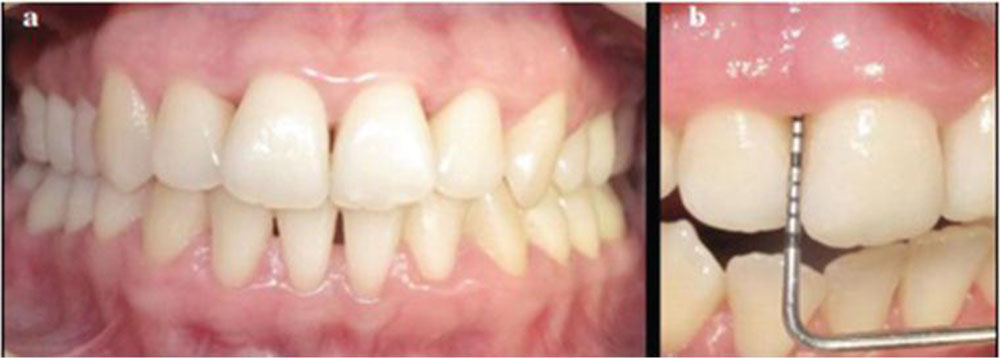
The following reasons have been proposed regarding the limited localization of lesions in AP
- A Actinomycetemcomitans affects the host response in many ways after colonization in first molars and incisors
- A actinomycetemcomitans secretes a factor that inhibits Polymorphonuclear leukocytes (PMNL) chemotaxis.
- A actinomycetemcomitans secretes some factors such as endotoxin, collagenase and leukotoxin to facilitate the colonization of bacteria in the periodontal pocket and cause destruction of periodontal tissues
- Antagonistic bacteria against to A. actinomycetemcomitans. Colonize the periodontal tissues and prevent the colonization of A. actinomycetemcomitans in other areas of the mouth. This situation leads the localization of infection and tissue destruction.
- For unknown reasons, A. actinomycetemcomitans may lose its ability to produce leukotoxin. In this case, the disease progression slows down and colonization of new areas is prevented.
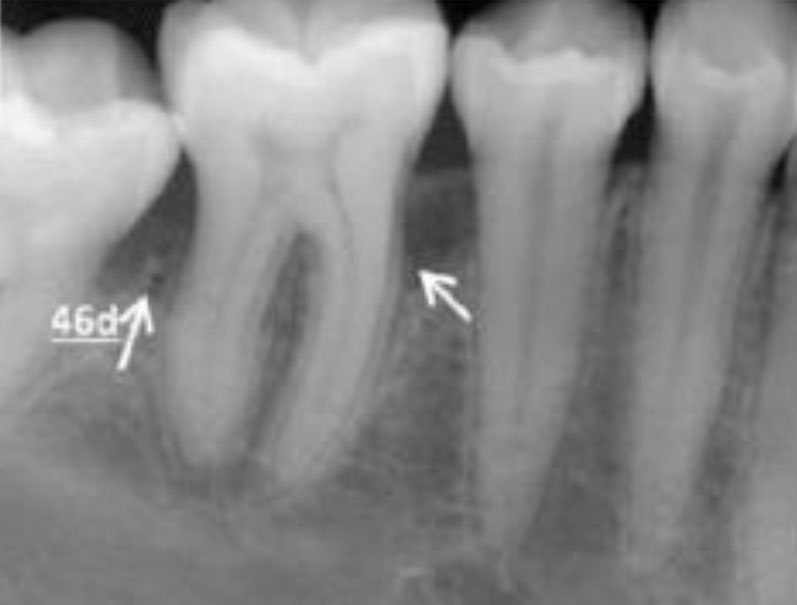
RADIOGRAPHIC FEATURES
- Vertical bone loss seen in alveolar bone in the first molar and incisor teeth in healthy teenagers.
- Radiographic finding may include an arc shaped alveolar bone loss extending from the distal surface of the premolar to the mesial surface of the second molar
Generalized aggressive periodontitis
CLINICAL FEATURES
- Clinically it is characterised by generalised interproximal attachment loss affecting at least three permanent teeth other than first molars and incisors.
- Destruction appears episodically.
- The disease remained active and passive periods
- The rate of attachment and bone loss is not the same at these times.
- Dark red and ulcerated areas are characterized by severe acute inflammatory disease table is detected during the active phase.
- In the passive period, the clinical image is especially similar to that of healthy individuals in terms of color, shape and consistency.
- Deep periodontal pockets are encountered in the probing.
- It affects individuals under the age of 30, but older patients also may be affected.
- They produce a poor antibody response to the pathogens present.
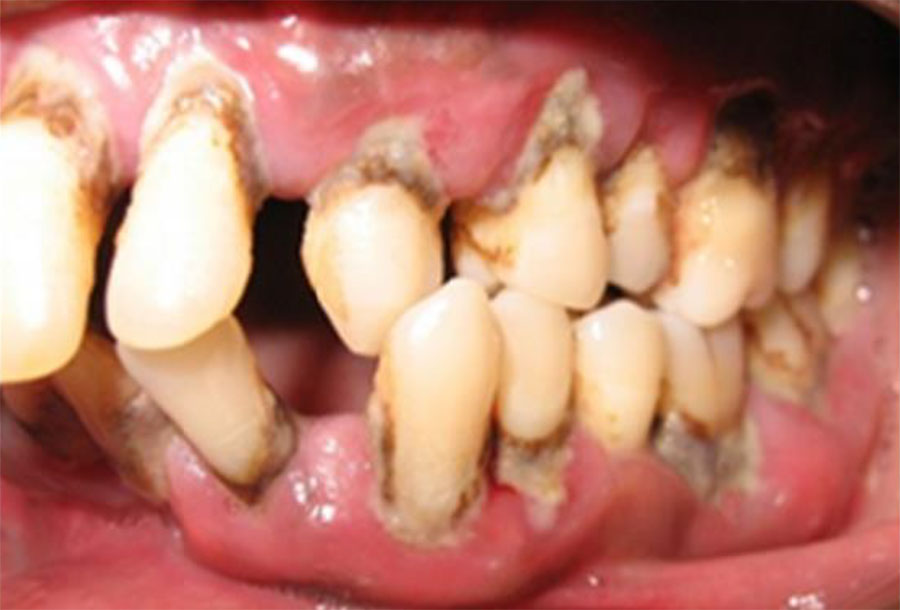
Micro organism in action
- It has been stated that Gram(−) microorganisms play a role mostly in microbial dental plaque (MDP).
- Pathogenic microorganisms, especially P. gingivalis and Tannerella forsythensis (T. forsythensis) are related to disease progression
- Patients also had increased antibody response against A. Actinomycetemcomitans, Prevotella intermedia (P. intermedia) and Campylobacter rectus (C. rectus)
RADIOGRAPHIC FEATURES
- Severe horizontal and vertical alveolar bone loss especially in the first molar and incisors.
- This severe destruction can affect only a few teeth as well as the majority of the teeth in the mouth
PROGNOSIS
- The prognosis for patients with aggressive periodontitis depends on whether the disease is generalized or localised and the degree present.
- The generalized form which are usually associated with some systemic diseases have a worse prognosis.
- Early radiographs have to be obtained to get a prognosis of the disease.
TREATMENT
Localised aggressive Periodontitis |
Generalized aggressive periodontitis |
| Extraction- the involved teeth have been extracted | Diagnostic tests to determine organisms sensitivity to specific antimicrobials. |
| Standard periodontal therapy- Includes scaling and root planing, curettage, flap surgery with and without bone grafts,hemisections. Strict plaque control and frequent maintenance visits | Mechanical debridement with scaling and root planing to reduce supra and sub gingival bacterial masses. |
| Antibiotic therapy- Tetracycline 250mg 4 times daily for 14 days every 8 weeks. | Combination therapy Metronidazole + amoxycillin for AA commitans associated periodontitis Amoxycillin + doxycycline for treatment of AA + P.gingivalis associated periodontitis Metronidazole + ciprofloxacin |
| Surgical Therapy Modified widman flaps + tetracycline 250mg 4 times daily for 2 weeks + periodic recall. | |
| Tetracycline+ flap surgery + placement of grafts : excellent bone fill Chlorhexidine rinses for several weeks. |


